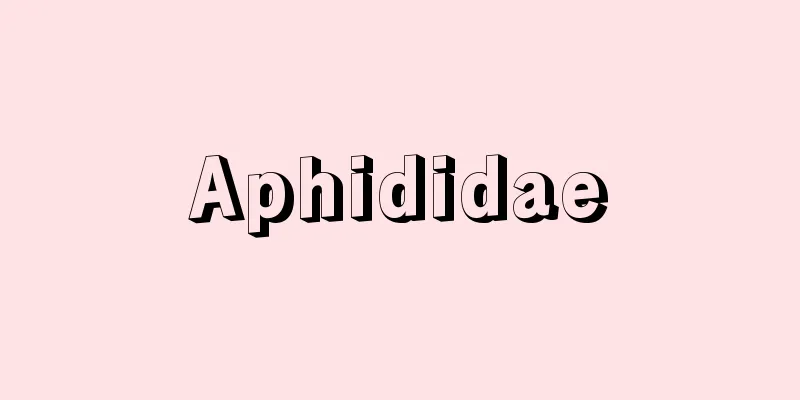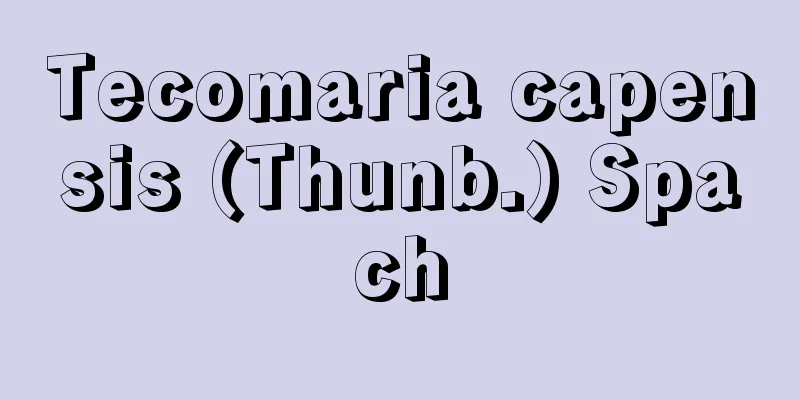Tsuda Incident

|
On February 10, 1940 (Showa 15), historian Tsuda Sokichi's four books on Japanese mythology and ancient history - "Studies on the History of the Age of the Gods" (February 1924), "Studies on the Kojiki and Nihon Shoki" (September 1924), "Studies on the History of Ancient Japan" (April 1930), and "Society and Thought of Ancient Japan" (September 1932) - were banned. On March 8, Tsuda and the publisher Iwanami Shigeo were indicted on suspicion of violating Article 26 of the Publication Law (blasphemy against the dignity of the Imperial Family), and were found guilty on May 21, 1942. Source: Heibonsha World Encyclopedia, 2nd Edition Information |
|
1940年(昭和15)2月10日,歴史学者津田左右吉の日本神話および上代史に関する4著書,〈《神代史の研究》〉(1924年2月),〈《古事記及日本書紀の研究》〉(1924年9月),〈《日本上代史研究》〉(1930年4月),〈《上代日本の社会及び思想》〉(1932年9月)が発禁処分となり,3月8日津田と発行者岩波茂雄が出版法第26条(皇室ノ尊厳冒瀆)の疑いで起訴され,42年5月21日有罪判決を受けた事件。
出典 株式会社平凡社世界大百科事典 第2版について 情報 |
Recommend
Carpinus tschonoskii (English spelling) Carpinustschonoskii
… [Okamoto Motoji]. … *Some of the terminology th...
Limnology - limnology
A field of study that focuses on lakes. Lakes hav...
Tonkori - Pork (English spelling) tonkori
A plucked stringed instrument of the zither famil...
Ambiorix (English spelling)
King of the Eburones in Gaul (living in what is no...
Forest line
The limit at which forests cannot grow due to chan...
Kuze [village] - Kuze
A village in Ibi County, western Gifu Prefecture. ...
trekking
…Hitch-hiking, the act of getting a ride from a p...
Quality - Shichi
A physical security to secure priority repayment o...
Yanshan upheaval - Enzanhendo
...In a broad sense, it refers to the Mesozoic to...
Yasutsuna
Years of birth: unknown. A swordsmith from Ohara, ...
The ladle's side - The ladle's side
⇒ Keishoin Temple Source: Kodansha Digital Japanes...
Onsuuritsu - Onsuuritsu
Inritsu means a musical rhythm in poetry or prose ...
East Coker
…Published in 1943. It consists of four chamber m...
"Ooka's Political Discussion: The Story of Suzuki Genjuro"
...Tange Sazen, the one-eyed, one-armed superhuma...
Divan
…In the 18th century, during the reign of Louis X...









